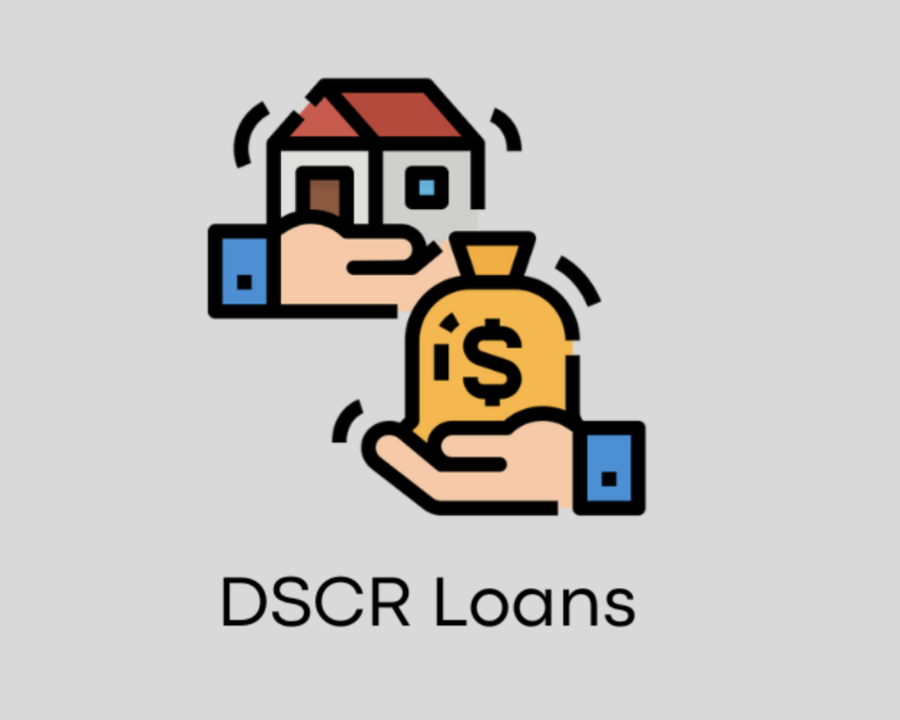Debt Service Coverage Ratio (DSCR) loans are a critical tool for businesses looking to finance projects, expand operations, or manage cash flow. DSCR is a financial metric used to assess a company’s ability to cover its debt obligations with its operating income. Essentially, it measures how many times a company’s earnings can cover its debt payments. A higher DSCR indicates a more robust financial position, making DSCR loans attractive to both lenders and borrowers. Understanding how these loans work, their benefits, and their application process can help businesses make informed financial decisions.
How DSCR Loans Work
DSCR loans are structured around the Debt Service Coverage Ratio, which is calculated by dividing a company’s net operating income by its total debt service. For example, if a business has a net operating income of $100,000 and total debt service of $70,000, its DSCR would be approximately 1.43. Lenders typically look for a DSCR of 1.25 or higher, indicating that the business generates sufficient income to cover its debt payments comfortably. This ratio helps lenders evaluate the risk associated with the loan, ensuring that the borrower has a strong enough income stream to manage additional debt. By focusing on DSCR, lenders can offer more competitive loan terms to businesses with solid financial health.
Benefits of DSCR Loans
One of the primary benefits of DSCR loans is the ability to secure financing based on the business’s cash flow rather than its assets. This can be particularly advantageous for businesses that may not have significant physical assets to offer as collateral. Additionally, DSCR loans often come with flexible terms and competitive interest rates, making them an attractive option for growing businesses. They provide a way to finance expansion, new projects, or operational improvements without diluting ownership through equity financing. Furthermore, maintaining a strong DSCR can help businesses build credibility with lenders, potentially leading to better financing options in the future.
Eligibility and Application Process
To qualify for a DSCR loan, businesses must demonstrate a solid financial track record and a healthy DSCR. The application process typically involves providing detailed financial statements, including income statements, balance sheets, and cash flow statements. Lenders will also review the business’s operating history, industry conditions, and future projections. It’s essential for businesses to prepare a comprehensive business plan that outlines how the loan will be used and how it will contribute to increased revenue and profitability. By presenting a clear and compelling case, businesses can improve their chances of securing a DSCR loan.
Challenges and Considerations
While DSCR loans offer numerous advantages, there are also challenges and considerations to keep in mind. Maintaining a high DSCR can be difficult during periods of economic downturn or business volatility. Companies must manage their expenses carefully and ensure they have a consistent revenue stream to meet their debt obligations. Additionally, businesses with fluctuating income or seasonal revenue may find it challenging to maintain a steady DSCR, potentially affecting their ability to secure loans. It’s crucial for businesses to conduct thorough financial analysis and forecasting to understand their debt capacity and avoid over-leveraging.
Optimizing Financial Health for DSCR Loans
Achieving and maintaining a high DSCR requires businesses to focus on optimizing their financial health. This involves careful management of both revenues and expenses to ensure consistent profitability. Strategies such as diversifying income streams, improving operational efficiencies, and cutting unnecessary costs can significantly enhance a company’s DSCR. Additionally, businesses should regularly monitor their financial performance and adjust their strategies as needed to adapt to changing market conditions. By prioritizing financial health, companies can improve their attractiveness to lenders and secure better terms for DSCR loans, thereby supporting sustained growth and stability.
Future Trends in DSCR Lending
As the financial landscape continues to evolve, DSCR lending is expected to undergo significant changes. Advances in financial technology and data analytics are enabling lenders to assess risk more accurately and efficiently. This could lead to more tailored loan products and faster approval processes for businesses with strong financials. Additionally, as environmental, social, and governance (ESG) criteria become more prominent, businesses that demonstrate strong ESG practices may find it easier to secure DSCR loans. Staying informed about these trends and adapting accordingly can help businesses leverage DSCR loans more effectively, ensuring they remain competitive and resilient in a dynamic market.
Leveraging DSCR Loans for Business Growth
DSCR loans represent a valuable financing option for businesses with strong cash flow and a solid financial foundation. By focusing on the ability to cover debt payments through operating income, these loans provide flexibility and competitive terms that can support business growth and expansion. However, it’s essential for businesses to maintain a healthy DSCR and carefully manage their finances to ensure they can meet their debt obligations. With the right approach, DSCR loans can be a powerful tool to achieve long-term business success and financial stability. Understanding the nuances of these loans can help businesses make informed decisions and leverage their financial strengths to secure the funding they need.
